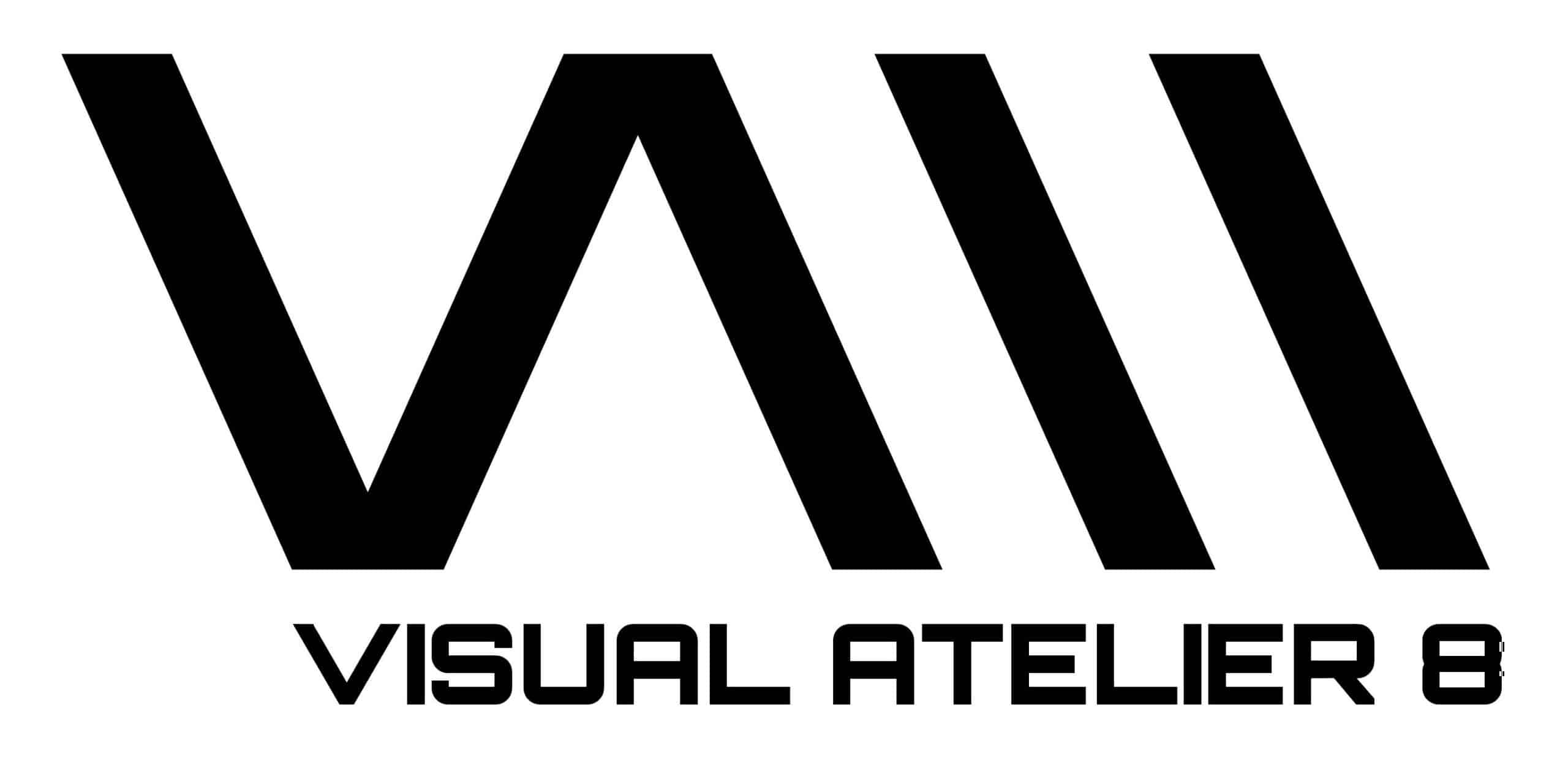
At first glance I was mesmerized, which then moved me to question “how”? And then upon closer scrutiny I thought “how impressive”, having concluded at least to myself how you had achieved your results (before learning the true technicalities). Having explained the emotional process of an original viewer, if you could put your own emotions into words, what would it be about organized chaos that so enthralls you?
My mother was an artist, too. Throughout her life she returned to images of people floating in space. She drew them in fine black lines, quite a bit like certain of Picasso’s drawings. Maybe it’s that, my mother’s influence. Maybe it’s just wishing I could fly, like in those dreams everyone has. But the feeling is also in Malevich’s paintings and Vija Celmins’s drawings and a lot of the art I like. I think my urge for creating pictures is compositional, shapes and relationships in my head that I barely know I have, but that come out again and again in my work.
So if my work is about flying, I suppose it’s also about freedom. Yes, in some ways, sports is the opposite of freedom, with its rules and metrics, wins and losses. But in another way, if you like playing sports, as I do, then indulging in sports frees you to run around in minimal clothing, expressing a kind of joyful aggression that is frowned on in most other contexts. Chaos feels like freedom, until it doesn’t. And so order becomes the thing. This teetering permeates my work.
Another side of my work is the eeriness of time, which haunts me like nothing else. It’s said that the purpose of time is to keep everything from happening at once. Perhaps that’s so, but it’s also a system of perpetual loss. Each new moment requires the loss of the previous one. In a regular single-instant photo, the loss is exaggerated, Barthes’s “flat death.” In my compiling of instants it’s something a little different, as if you can sense the strain of trying to hold on to time.
Ideal standards of painting have been alluded to when discussing what you value in your art. And by using photography as a means to attain the awarded heights of mastery through painting, and also by re-framing the limitations of technical permission granted through picture taking, you have by technique equaled the beauty bound within works from many great masters. Why do you think traditional methods of image creation are lauded over modern means? Do you think such notions are changing in our world of digital reality obsession?
Technique is one strange phenomenon. Everything needs technique, from picking up a water glass to making composite photos. And of course, it can become a fetish, expressed both in, say realist painting, technically adept photography, and, in its purest embodiment, a phone or a computer. We live in a world of things and those things have to be manipulated. But everyone knows there is more, that technique is just a means to an end. And everyone forgets this, too.
I think many people are simply conservative, in the neutral sense of the word. The prefer predictability and familiarity over innovation. The world today is overwhelming so tradition offers some comfort, film, vinyl, vegetables all offer some of this. I’ve always liked new things. I don’t know exactly why, except that sometimes, unlike the conservatives who are comforted by the past, I’m saddened by it. All that dingy, boring stuff! Clean it up! Throw it out!


How you explain your process seems a way of highlighting your capability at capture, it becoming further evidence for a heightened artistic capability. What to you is important about handcraft, and should it deserve elevated appreciation from viewers? If so, why?
I don’t think handcraft should be too important to a viewer, otherwise the violin made of matchsticks would be sitting next to the Mona Lisa in the Louvre. The only thing that matters in a work of art is that it has an effect on you. I suppose laboriousness can invoke a kind of wonder, and that’s ok. But the effect art has on you should be more than just passive wonder at all that work. We sense a devotion in labor, and that’s ok, too. But it’s nothing without some other emotional or intellectual content.
Across many poignantly written artistic statements you have communicated a philosophical viewpoint about the still image in relation to perception which I would like to push back against or explore. If the dissipated accumulation of discrete occurrences as moments are how we experience time, and if time when taken as a whole contains these nascent frames of life, is it the totality of these, or the instances per se, that make up what is important? Please do enlighten us.
I often resent the conventional still photograph. That’s my problem, I suppose! I was never very good at it. I was always disappointed with “the decisive moment” because I couldn’t find it and when I did, it just seemed weak, watery, thinned out. I felt the same way about scale and the picturesque. If I took a picture of the moon, it was just this sad little dot in the corner of the photo, not the mind-blowing experience every full moon is.
And if I took a picture of a beautiful scene, I was always disappointed because it never looked like some ideal like the painted backgrounds in old movies. So my solution to this problem of the weakness of photography is to take an additive approach and hope that many mildly intense instants will add up to something larger, as if images were arithmetic. I felt like if I added enough ordinary moments together I might be able to achieve the intensity that other photographers sometimes achieve in a single still.
Further, it just seems rational that the time you put in a single still photo, the more potential for truth. Conventional still photos distort time by selecting one moment when every human lives in a stream of time. A still is the most unnatural way of experiencing reality imaginable! My additive approach allows for a little more fudging, compromising, admitting that the world slips away every second, and that there can at least be an attempt at remedy.
Our eyes don’t see in stills. Of course, the eye doesn’t see reality the way my photographs depict it. But in a way, my work is more like memory, with everything important–or memorable!–smashed together to be sorted out, if at all, at some future date.


Understanding digital photo suites and how they work, patience is a must in your procedure. What role does planning play when using thousands and hundreds of frames? This is to ask, do you use special naming conventions, groups etc., to know where you are within an image? Is it ever easy to become lost?
Thanks for this question! I like to just dive in and start from the beginning. It’s important to me to observe without preconceptions, if possible. But I often get lost and it’s overwhelming! I would be better off taking your suggestion and planning and labeling a bit more. I sometimes have 6,000 frames to go through, and it’s hard to find the ten frames of the guy with the red jacket if I don’t take notes.
One notices elements of your stylistic approach in diverse schools across art history, ranging from the subject placement and emotionality of Bosch, Bruegel the elder, and Rubens (not only these), up to the reiterative play from photographers like Eliot Elisofon, Edgerton (who you cite) &c,. Where you differ though is that opposed to capturing movement in series, or displaying groups in motion, you have concertized movement across hours and surrealistically played with objects within. Where else would you like to go with this idea about captured time’s expansion?
Painters like Bruegel generally add figures to their compositions to create some kind of unified whole. Photographers like Edgerton tend to compile figures to create a narrative, a cohesive sequence in time. I generally try to fracture time, to present it out of sequence so that time and subjectivity themselves become a key subject of my work.


Continuing on the prior point’s trajectory, have you ever considered utilizing 3d scanning technology, or even 3d models to extend dimensionality as you do perceptions of local duration? This is also to ask, what is your relationship to newer technology aided modalities?
Yes, I would love to try 3D scanning. That’s a great idea! I am kind of good at executing technique but not especially technical. I would love to make sculptures derived from real figures that represent time and look something like a 3D version of one of my diving pictures.
What sense of responsibility, joy, or possible apprehensiveness might you feel being the creator of a new methodology and genre that others will be undoubtedly inspired by and wish to emulate?
I think that part of an artist’s job is to influence other artists, just as it’s part of the job to respond to art history. One looks to the past, the other to the future. So when I see people copying me or influenced by my work, I’m truly happy. If someone comes along and uses what I’ve learned to make better work, I say, great! Another job artists have is to build an audience. People send me images that coincidentally look like mine all the time.
That’s how I know that I am having an effect on people, when a simple crowded scene makes them think of my work. I don’t like when people say “art is communication” or “art is a language” because it makes art sound like a tool or propaganda. But I do think that when you make good art you are making culture, you are making the air people breathe and the context in which people lead their lives. Getting a change to do this is the most profound joy I get from being an artist.


All images courtesy of Pelle Cass, shared with permission

